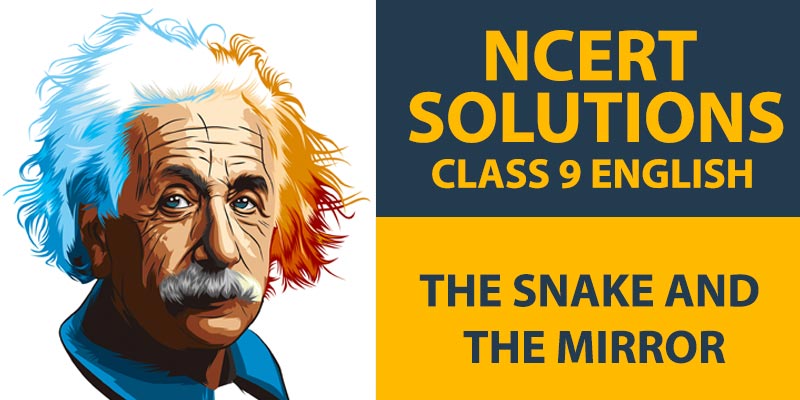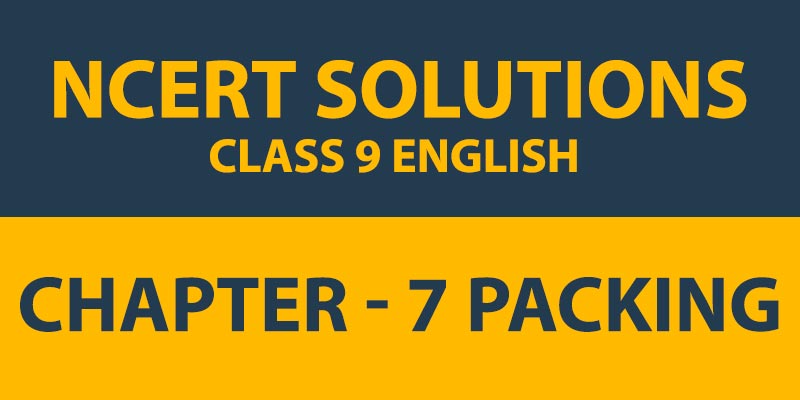Landscape Of The Soul
Detailed explanation of the chapter Landscape Of The Soul English NCERT Solutions For Class 11Th along with the meanings of stiff words. Also, the explanation is followed by a Summary of the Lesson. All the exercises including Question and Answers given at the back of the chapter have been covered.
Questions And Answers
Q.1 Notice these expressions in the text. Infer their meaning from the context.
- anecdote
- illusionistic likeness
- delicate realism
- conceptual space
- figurative painting
Ans.
- anecdote: From the text, the meaning of anecdote can be inferred as a short account of a particular incident or event, especially of an interesting or exciting nature.
- delicate realism: It refers to the alluring quality of the art which makes it seem real. It is an interest in or concern for the actual or real as opposed to abstract.
- illusionistic likeness: It refers to an adjective of the technique of using pictorial methods in order to deceive the eye. The reference is to an illusion created by the semblance of something.
- figurative painting: A figurative painting refers to the metaphoric representation of a piece of art, through the eyes of the creator’s imagination.
- conceptual space: It refers to relationships with the abstract than the actual representation. This is the incalculable dimension of the understanding of concepts.
Q.2 (i) Explain the concept of shanshui in Landscape of soul?
Ans. (i) The Chinese paintings are bused on imaginative, inner, or spiritual approaches whereas the European paintings reproduce an actual view of an external or real object. The painting of Wu daozi and mater painters of Europe illustrate the difference.
(ii) Shashi meaning mountain water refers to a style of Chinese painting that involves natural landscapes the landscape winch is an inner one, a spiritual and conceptual space. It represents the two complementary poles and yang) reflecting the Daoist view of the universe.
Q.3 (1) What do you understand by the terms outsider art and ‘art brut’ or raw ant”?
(2)Who was the “untutored genius who created a paradise and what is the nature of his contribution to art?
Ans. (1) Outsiders art refers to those artists who have no right to be artists as they have received no formal training yet show talent and artistic insight. “Art brut and artistic influences or ‘raw art’ are the works of art in their raw state as regards culture.
(2) The untutored genius” who created “paradise” was Nek Chand, an 80-year old creator-director who made the world-famous rock garden at Chandigarh. He was an outsider an in which he sculpted with stone and recycled materials. He used anything and everything from a tinto a sink to a broken down car to form an artistic piece. One of his famous creations is Women by the Waterfall.
Q.4 “The Emperor may rule over the territory he has conquered, but only the artist knows the way within.”
Ans. This sentence explains the fact that even though an Emperor might rule an entire kingdom and have power over his conquered territory, only an artist would be able to go beyond any material appearance. He is both the path and the method of the mysterious work of the universe. The true meaning of his work can be seen only by means known to him, irrespective of how powerful an emperor is.
Q.5 “The landscape is the internet, a spiritual and conceptual space.”
Ans. This phrase explains Chinese art from where a Chinese painter wants you to enter his mind rather than borrow his eyes. This is a physical as well as mental participation. It is a landscape created by the artist to travel up and down, and back again, through the viewer’s eyes. The landscape is not real and can be reached from any point.
Q.6 Find out the correlates of Yin and Yang in other cultures.
Ans. The Indian culture lays stress on Nature and God. Nature is the ‘en’ or female part whereas God the creator is the male part. This concept is also known as Maya’ or Brahma! The combination of two creates the whole world, all objects, and also inhabitants.
Q.7 What is the language spoken in Flanders?
Ans. “French-language spoke in Flanders which is a region in Belgium.
Q.8 The following common words are used in more than one sense.
panel, studio, brush, essence, material
Examine the following sets of sentences to find out what the words “panel’ and essence mean in different contexts.
(1)The masked from Bawa village in Mali look like long panels of decorated wood.
(2) Judge H. Hobart Grooms told the jury panel he had heard the reports.
(3) The panel is laying the groundwork for an international treaty.
(4) The glass panels of the window were broken.
(5) Through the many round tables, workshops, and panel discussions, a consensus was reached.
(6) The sink in the hinged panel above the bunk drains into the head.
Ans. 1. Panel
(1)boards of decorated wood
(2)Group of men selected to give unanimous verdict on a legal case.
(3)group of experts.
(4)window panes.
(5)group discussions.
(6)a flat board fixed with a hinge.
Q.9 (1)Their repetitive structure must have taught the people around the great composer the essence of music.
(2) Part of the answer is in the proposition, but the essence is in the meaning
(3) The implications of these schools of thought are of practical essence for the teacher.
(4)They had added vanilla essence to the pudding.
Ans. (1) The most important quality of something that makes it what it is.
(2) the main part.
(3) practical importance.
(4) the liquid is taken from vanilla that contains its smell and taste is a very strong form.





